- 81 Posts
- 46 Comments

 51·1 day ago
51·1 day agoChina has been trying a lot to become self-sufficient, but in some areas they failed. Food is one of them. China is a major food importer, it’s imports exceed by far the exports (often with ration of 20 and 30 to 1).
But even if China would be able to grow canola domestically, it wouldn’t mean too much as Canada must diversify its trade anyway. Just because China isn’t a reliable partner and engages in coercion whenever the government deems it appropriate. Diversifying trade is the only way, not in the least as Canada and other allies can’t ignore human rights, e.g., China’s genocide in Xinjiang and Tibet, its aggression against Taiwan, and so on.

 53·1 day ago
53·1 day agoChina cant’ find the canola in the relevant quantities and qualities elsewhere. The game Beijing has been playing with Canada this year is the same as in other countries.
More importantly, Canada must diversify its trade anyway - not just regarding the U.S. but any other state that poses a threat to its autonomy. And China is well known for its coercive practices. It’s simply not a reliable partner.

 2·1 day ago
2·1 day agodeleted by creator

 11·13 days ago
11·13 days agoI got it, you can just also take China as an example. The story is more or less the same: Critical thinking is only allowed if it doesn’t contradicts the state narrative, belief in the leader’s thought first and foremost, historical knowledge is poor due to censorship (younger people have never heard about the Tiananmen Square massacre, for example, and barely know about genocides such as in Xiniang), state propaganda is prevalent, and it is easy for the Party to implement a totalitarian agenda.
So it’s basically the same thing.

 1·13 days ago
1·13 days agoI know about this. I would have just expected to read about specific sacrifices after reading the headline. So now you can make your own guess as it’s more a clickbait headline imo.

 41·13 days ago
41·13 days agoto better serve the conservative hierarchical system
The underfunding (of 260 per student) isn’t good, of course, but this interpretation is a bit odd. Educational systems in Canada and other democratic countries aren’t some sort of propaganda tools like, say, in China, where students learn about “Xi Jinping thought” and similar propaganda (such ‘courses’ are mandatory in Chinese schools and universities).

 12·14 days ago
12·14 days agoMaybe it’s just me but I don’t get what 'those tough choices" will be Canadians could soon face. The report discusses mostly the use of the word “sacrifice” by Carney and others, while only one expert makes a very rough guess what that could be in just one sentence at the end of the article.

 2·14 days ago
2·14 days agoI provided an archived link in the body :-)

 34·14 days ago
34·14 days agoYeah, the sad thing is that here on Lemmy are a lot of accounts pretending to be pro-Canada and pro-democracy while actually spreading Chinese propaganda normalizing genocide in Xinjiang and Tibet. Basically the same thing.

 10·15 days ago
10·15 days agoInteresting stuff, especially if we view the wider picture.
I am using the World Inequality Index cited in the linked report and - as the report does - look how the country’s richest 1% increased or decreased their share of the total country’s wealth.
Between 2000 and 2023, Canada’s richest 1% increased their share of the country’s total wealth from 27% to 29%.
- In the U.S., the richest 1% increased their share of the country’s total wealth from 32% to 35%
- In China, the richest 1% increased their share of the country’s total wealth from 20% to 30%
- In India, the richest 1% increased their share of the country’s total wealth from 20% to 40%
You’ll find that the UK’s richest 1% is stable at around 20% between 2000 and 2023, while numbers for Germany and France also remain in the higher 20s.
So unlike twenty years ago, inequality is now higher in China and India than it is in Canada, at least according to this measure used in the report.
The global average (purchasing power adjusted) remained more or less unchanged at ~36% in the same period.
There’s a lot to do for humanity everywhere.
You can look up for other countries if interested here.

 32·15 days ago
32·15 days agoCanada … has history of bullying China
How did Canada do that?

 22·15 days ago
22·15 days agoSo should Canada ignore the U.S.’ bullying and coercion now? Or only China’s bullying and coercion?

 52·15 days ago
52·15 days agoCanada is just as bad as all the other countries in the world when it comes to human rights.
This is, of course, rubbish.
That aside, I am not sure what you want to say with this and your other statements.
Should Canada ignore the U.S.’ bullying and coercion now?
Or only China’s bullying and coercion?
Shouldn’t Canada improve its democratic institution ‘to not fool ourselves’?
Just business as usual as if nothing happened?

 1·16 days ago
1·16 days agoWhat are good media sources in your view?

 111·16 days ago
111·16 days agoPlease read the report before posting. It is China that jails dissidents, manipulates international institutions and spies on Canadian citizens.

 417·16 days ago
417·16 days agoThat’s an absurdly weird comment There is no such thing as a ‘fair trade’ with a dictatorship like China that engages in economic coercion, espionage on citizens, transnational repression, election interference, just to name a few examples. China is the exact opposite of the ‘social freedoms’ as you argue. You don’t seem to understand what’s going on in this country and the economy.

 59·16 days ago
59·16 days agoAs an addition:
Responding to questions about Canada’s pursuit of increased trade with India and China despite Canadian intelligence agencies reporting political interference, European Union Commissioner for Democracy, Justice, the Rule of Law and Consumer Protection Michael McGrath says that ‘where you have evidence’ of foreign interference from a nation looking to do more trade, ‘you have to address it.’ McGrath argues the EU and Canada should be working more closely on online risks: ‘Our democracy is under threat.’

 43·16 days ago
43·16 days agoAs an addition:
Responding to questions about Canada’s pursuit of increased trade with India and China despite Canadian intelligence agencies reporting political interference, European Union Commissioner for Democracy, Justice, the Rule of Law and Consumer Protection Michael McGrath says that ‘where you have evidence’ of foreign interference from a nation looking to do more trade, ‘you have to address it.’ McGrath argues the EU and Canada should be working more closely on online risks: ‘Our democracy is under threat.’
I fully agree.
In addition, we must not forget that there is massive slave-like labour in Chinese supply chains - within China as well as abroad. As I posted in another thread, Brazil is just one recent example for that:
[In Brazil], in the same month that Chinese BYD’s car carrier arrived in the country, Brazilian prosecutors announced plans to sue BYD and two of its contractors for ‘slave like conditions’ at a factory site. A task force led by Brazilian prosecutors said it rescued 163 Chinese nationals working in “slavery-like” conditions at a construction site […] where Chinese electric vehicle company BYD is building a factory.
The [Brazilian] Labor Prosecutor’s Office released videos of the dorms where the [Chinese] construction workers were staying, which showed beds with no mattresses and rooms without any places for the workers to store their personal belongings.
Officials said [BYD contractor] Jinjiang […] had confiscated the workers’ passports and held 60% of their wages. Those who quit would be forced to pay the company for their airfare from China, and for their return ticket, the statement said.
Prosecutors said the sanitary situation at BYD’s site in Camaçari was especially critical, with only one toilet for every 31 workers, forcing them to wake up at 4 a.m. to line up and get ready to leave for work at 5:30 a.m.
I don’t think that Canadians want ChEaP cArS made by slave-labour.
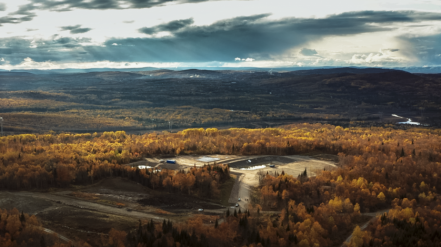




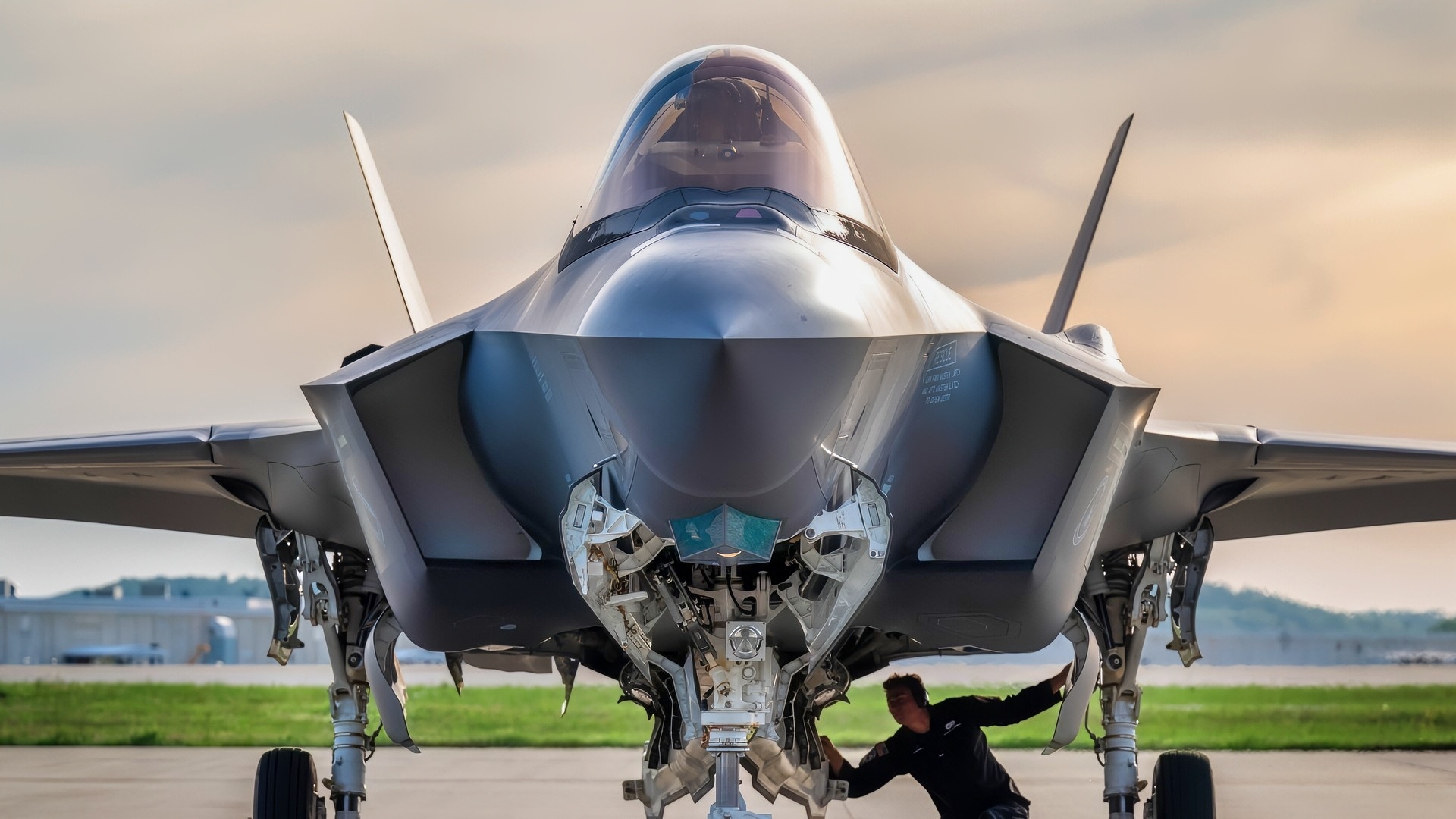


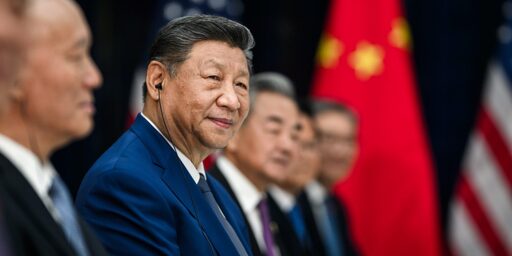




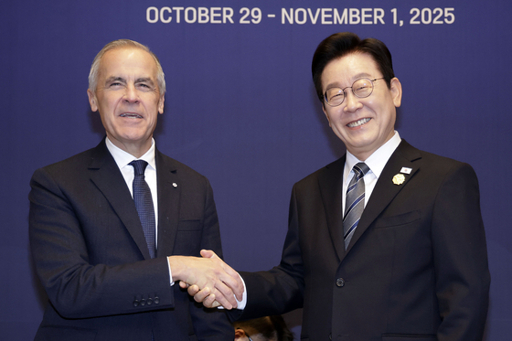



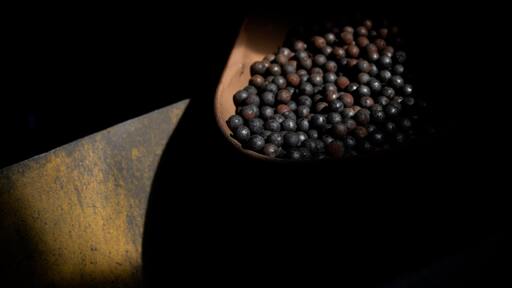
I refer to my other comments in this thread. China is not a reliable partner, it frequently engages in coercion and bullying it’s “partners,” Canada can’t ignore human right issues in China.
There is no other way for Canada to diversify it’s trade and becoming independent from individual countries, especially China and the U.S.